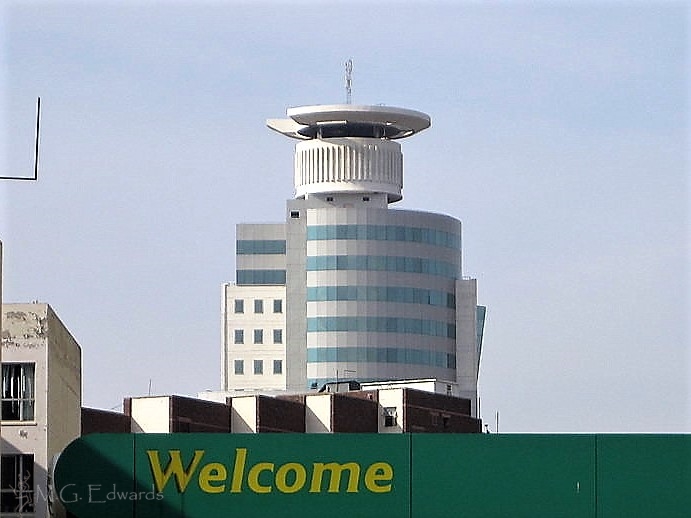This is an updated version of an earlier article.
Africa has more than its fair share of wildlife. Not many large animals — the kind you would typically think of in Africa like lions, elephants and giraffes — range in urban areas except on private game reserves. The critters that hang out near our house are of a smaller variety. An occasional oversized snake (poisonous or not) slithers its way on to our property until it’s dispatched by someone, but for the most part the critters who hang around the neighborhood are small reptiles, amphibians, insects, and arachnids.
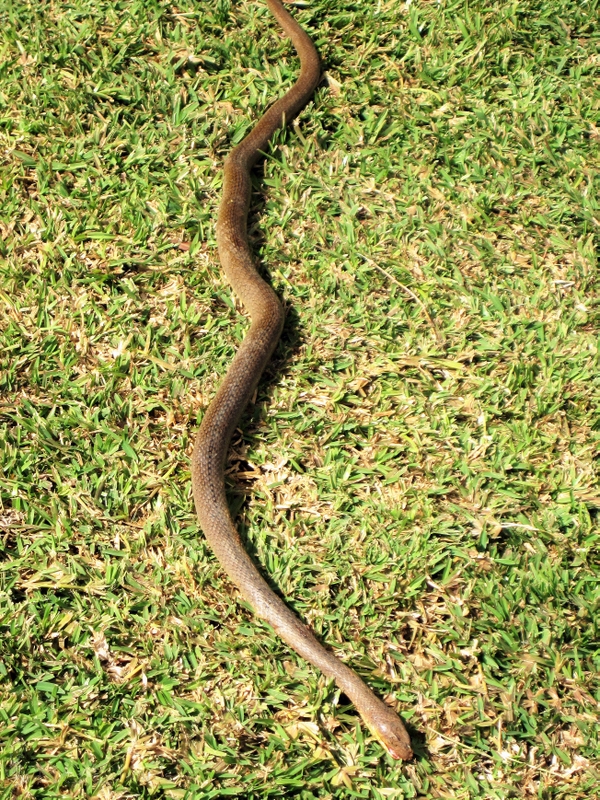
We have small lizards and geckos. They’re cute, multicolored, and absolutely harmless.
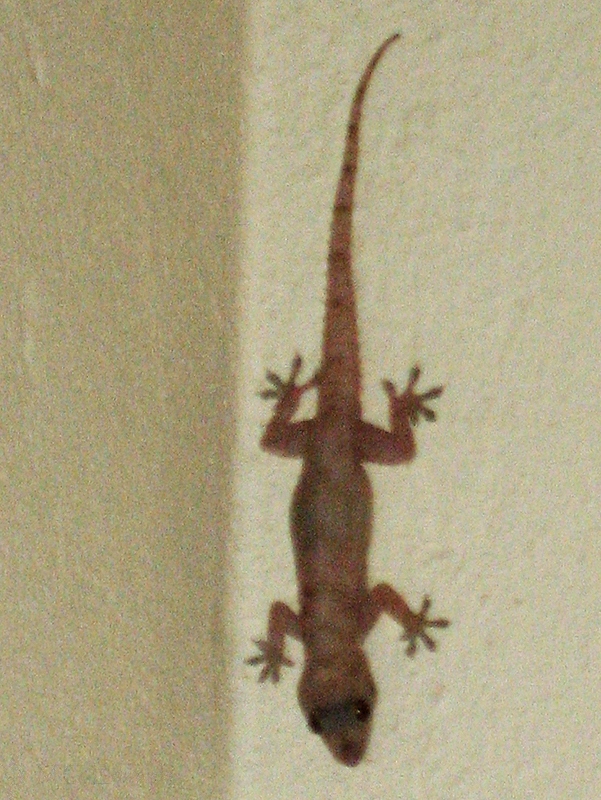
Mosquitoes, spiders, ants, termites and other pests are omnipresent. They usually multiply at the end of the dry season and beginning of the rainy season (September – January).
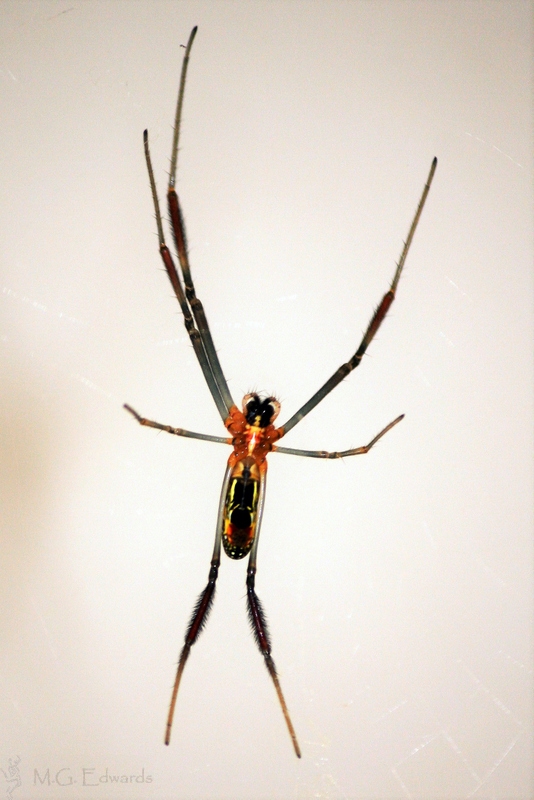
First come the “flatties” – harmless spiders that can grow as large as three inches wide with a very flat profile. Their abdomens grow so plump that they almost look like small crabs. Flatties look menacing but are too lazy to be threatening. I have yet to see one catch an insect — night or day. Like a disinterested cat, they usually lounge on the walls as if waiting casually for something to stray their way. I was startled this morning by a flattie squatting on the side of our computer desk. It must have been 2.5 inches wide with a 3/4-inch abdomen. She blended in well with the wood work.
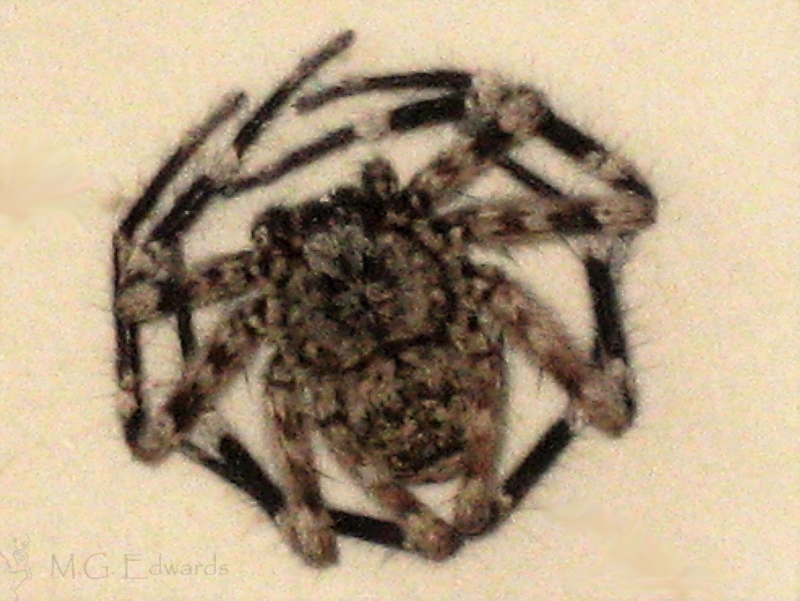
Other insects are more of a nuisance and even threatening. The ants in this part of the world are diverse and imposing, from tiny yellow or brown sugar ants attracted to unprotected food to large half-inch army ants. One night I saw a stream of army ants marching (quite literally) away from our house down the driveway like a living stream. We fumigated the foundation soon thereafter – army ants are not to be trifled with. Unattended beverages with sugar or sweet crumbs are major attractions for the smaller ants. They build large nests around the house foundation and find entry points into the dwelling through the tiniest of openings. It’s quite a sight seeing a mass of ants attacking a snack you’ve left somewhere you thought would have been off limits – like around your den.
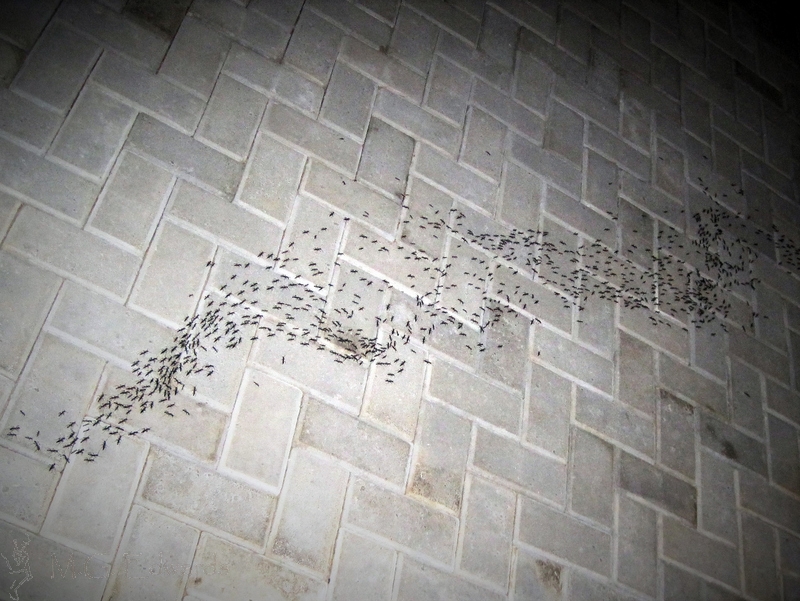
There are also the mosquitoes. In this part of the world, mosquitoes can be deadly. Many carry malaria and can leave one ill or dead if bitten. Where I live in Lusaka it’s generally malaria-free because of the high altitude (over 4,000 feet), but heading to the countryside is a different story. There are four strains of malaria to contend with — if you get malaria once, you’re not immune to getting it again. Anti-malaria pills are recommended if you visit Zambia, but they don’t prevent malaria and only help you stay alive if you fall ill. I’ve been told that malaria-carrying mosquitoes are of a particular variety. Zambia’s mosquitoes are diverse. Some are small and silent and others are slow and noisy, and I have yet to figure out which ones carry malaria. Better to wear mosquito repellent and sleep under mosquito nets treated with repellent. We’ve been thankful the past few months to live relatively mosquito-free, but the little critters have started coming out again.
After the first rain of the season, all the creepy crawlies that lay dormant during the dry season come to life. The winged termites are the first to emerge; they breed in such large quantities that it is a bit like a sooty blizzard when they come out. As they shed their wings and head into the ground, they leave behind piles of wings akin to small snow drifts. Out come the brooms to sweep them up.
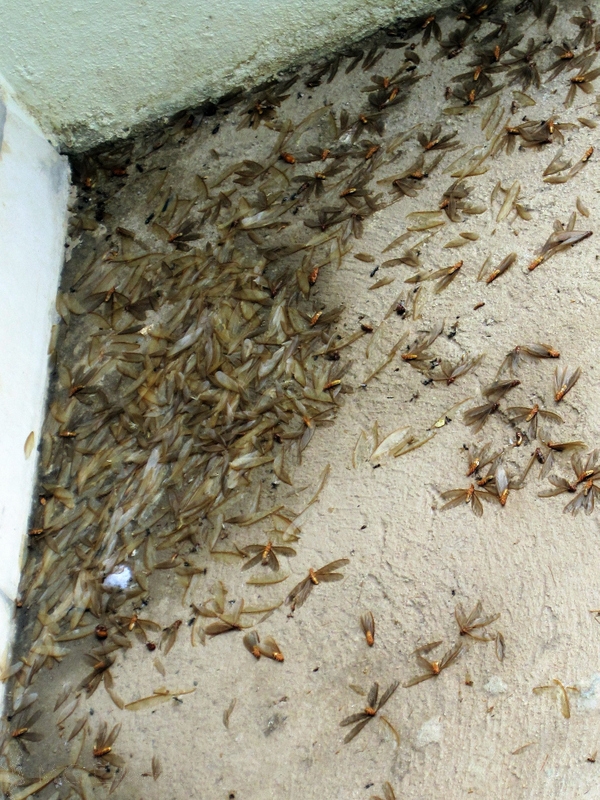
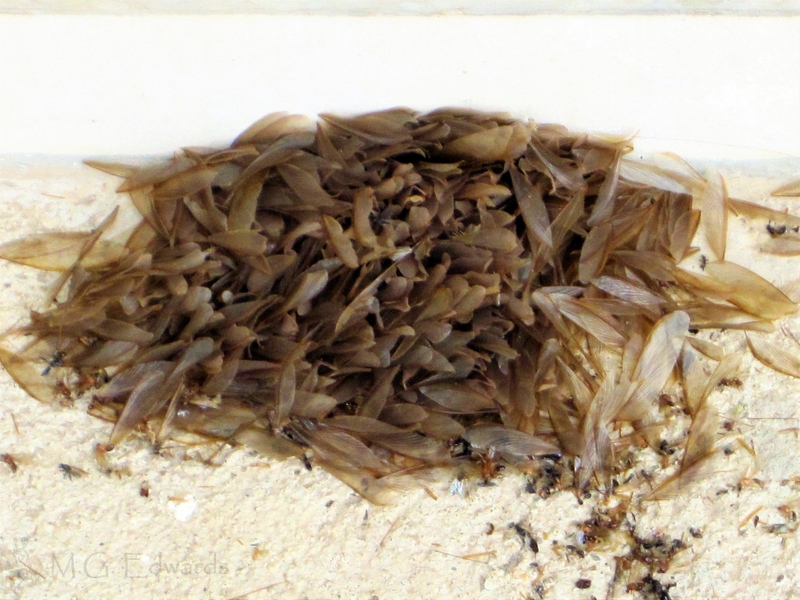
The termites build mounds that can grow incredibly large. I once saw abandoned termite mounds in northwestern Zambia as tall as a two-story building – with trees growing on top of them! I’ve been told that termites keep building their mounds until they can no longer sustain the brood, and then they disperse in search of new homes. There are few large termite mounds in Lusaka because urbanization has limited the amount of foliage termites consume.
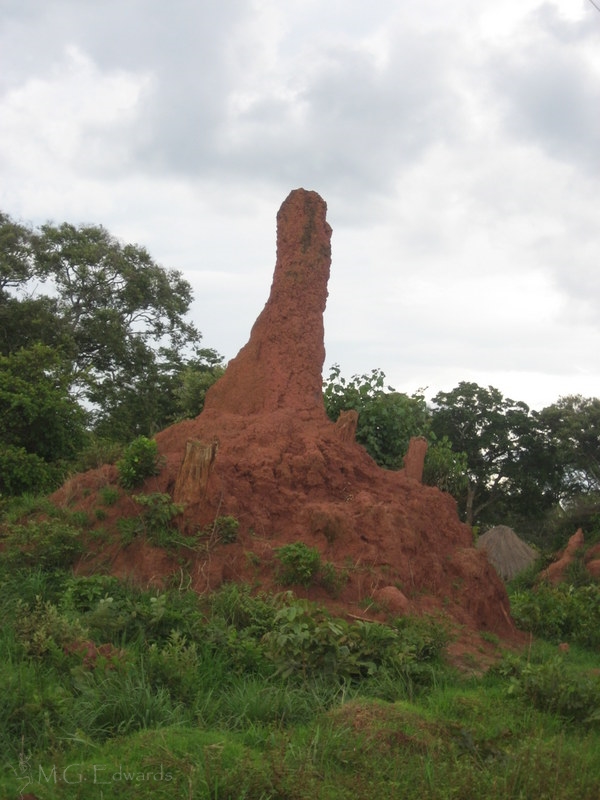
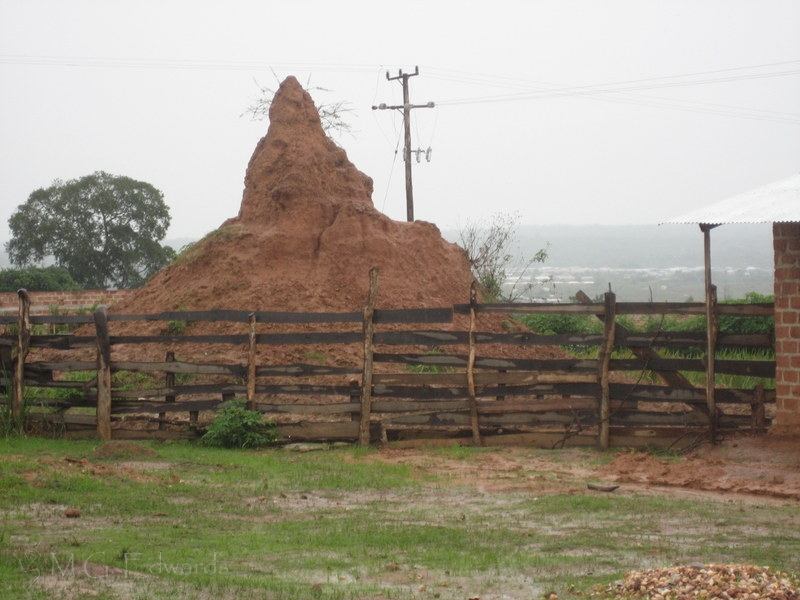
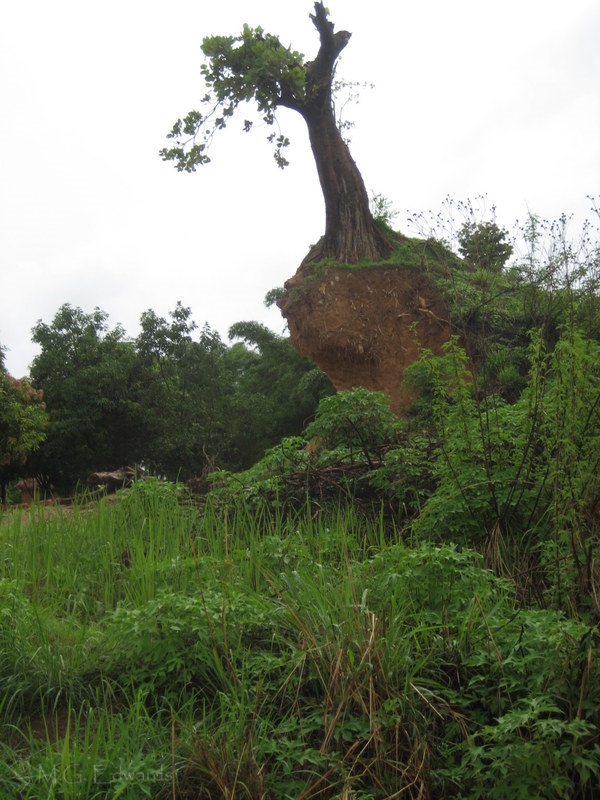
Finally, once a year the caterpillars emerge. Before they become butterflies, many Zambians will collect and use them in a local dish called ifishimu. Ifishimu, or cooked caterpillar and onion salad, is an acquired taste.
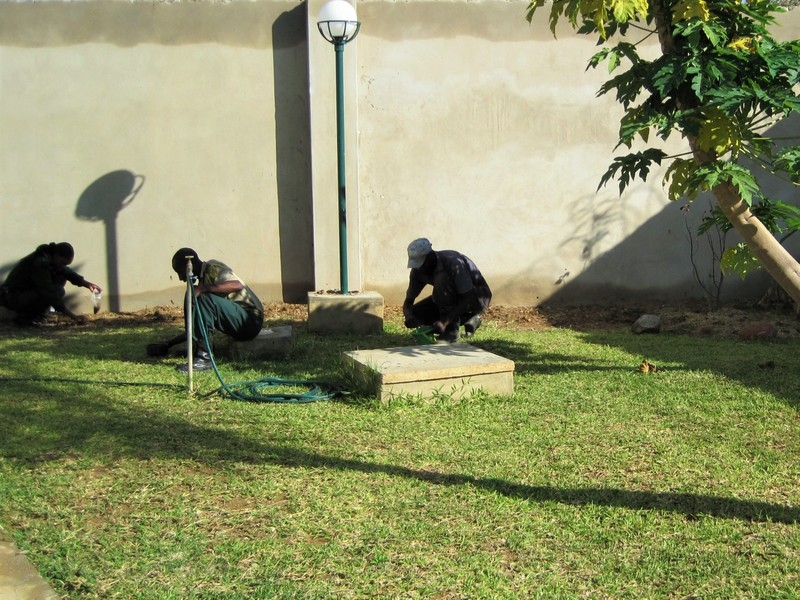
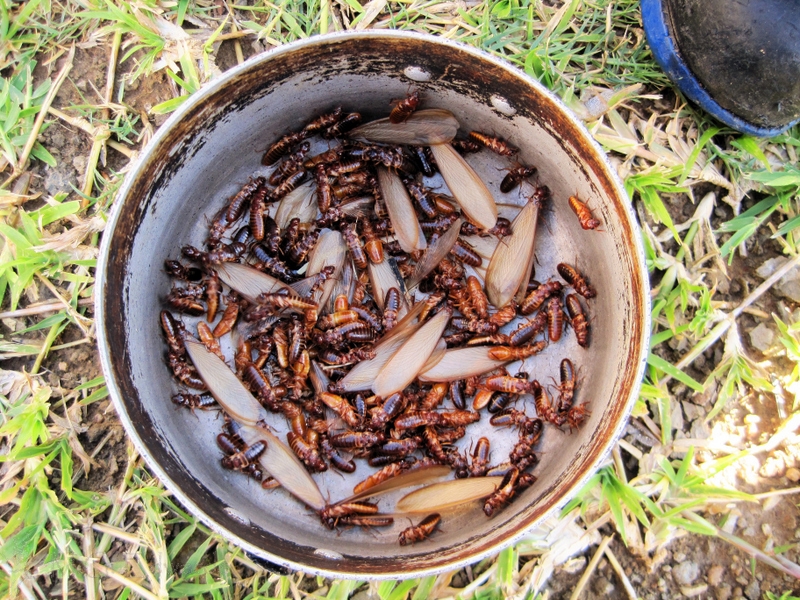
I tried some and did not like it. I will not try the termite, another common Zambian dish. I’d much rather eat crocodile or snake, two animals most Zambians will not eat.

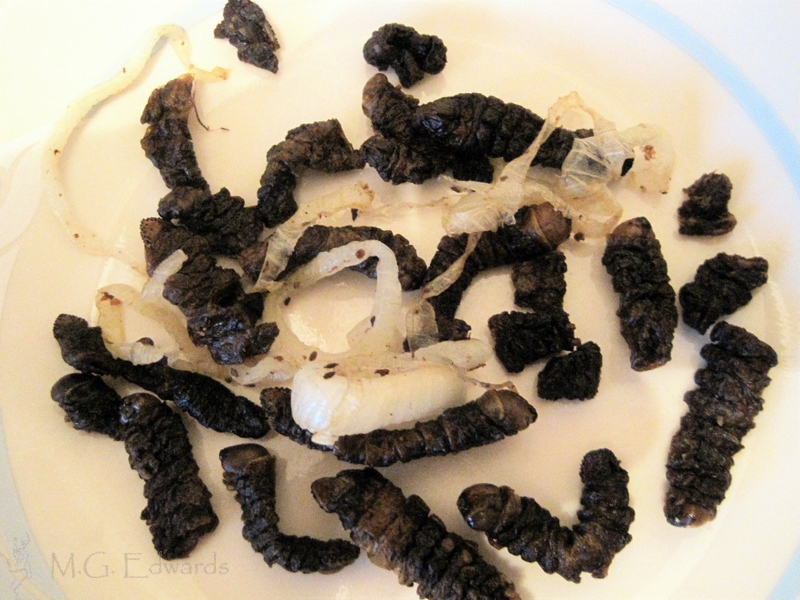
In the United States, “little critters” are best known as a children’s chewable vitamin brand. In Africa, this has an entirely different meaning. Africa’s “little critters” refer to the insects that invade your home looking for sustenance. They could be mosquitoes looking for blood, perhaps leaving behind malaria, or different types of spiders, the most common of which in Lusaka, are the “flattie” spiders so named because of their flat bodies (they can grow quite large with a leg span of up to several inches).
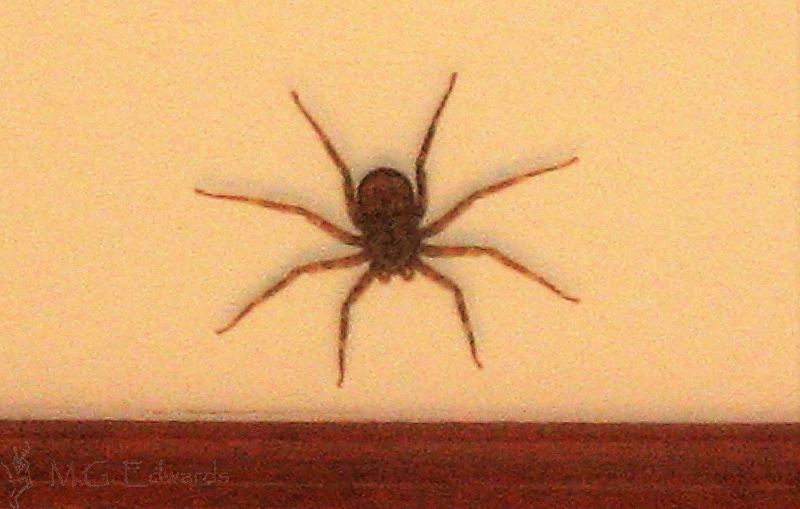
Some are flying termites, gnats, putsi flies, or varied types of cockroaches. Most often, they are ants of many varieties, shapes and sizes ranging from tiny sugar ants to large army ants.
Many African homes are quite porous and make it easy for little critters to enter at will. Whether it’s the doors with gaps that leave ample room for entry or the holes in the concrete walls meant for ventilation but more often act as sieves, homes here are built with little thought given to keeping out the creepy crawlies that find them tantalizing targets. Occupants usually learn to live with them unless the “little critters” invade en masse or appear to be a physical threat. The mandibles of a large ant leave no doubt that one bite would hurt immensely.
We’ve learned to live with the “little critters” for the most part, except when they take a liking to our kitchen or living quarters. When a stream of sugar ants attacks a morsel left on the kitchen counter, it’s time to dispatch them. When a spider preys too close to the bed, it meets a quick demise.
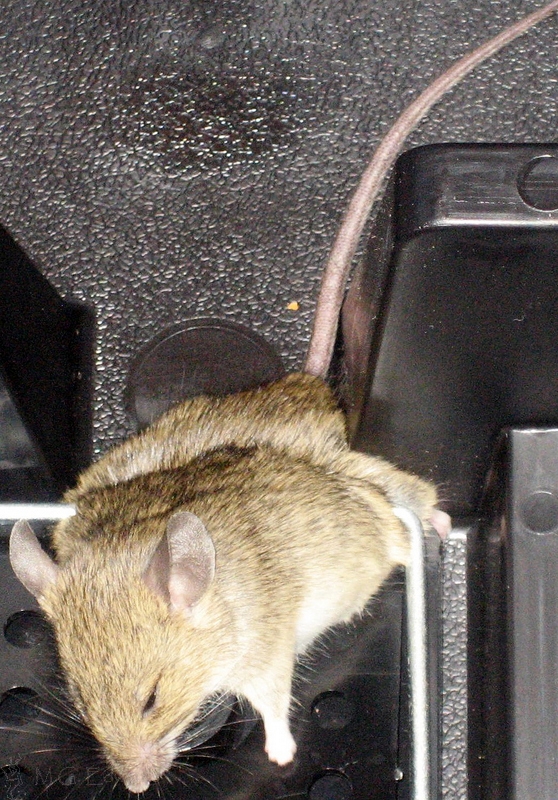
Spraying poison inside the home is tricky business, and using clothes or paper towels to wipe them out is impractical when they come in great numbers. Thus, we usually put with them unless they cross our comfort threshold. “Little critters” is one of the many aspects of life in Africa that makes living here an adventure.
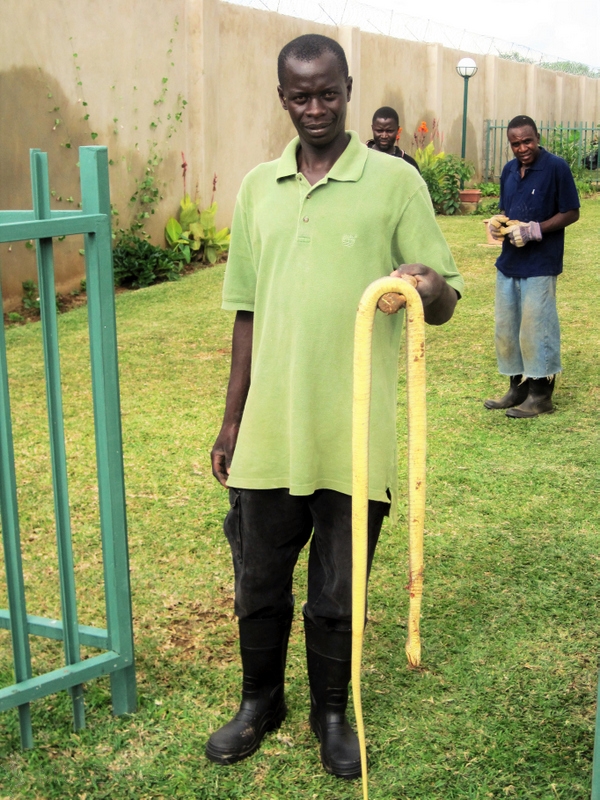
More About Zambia
World Adventurers Magazine
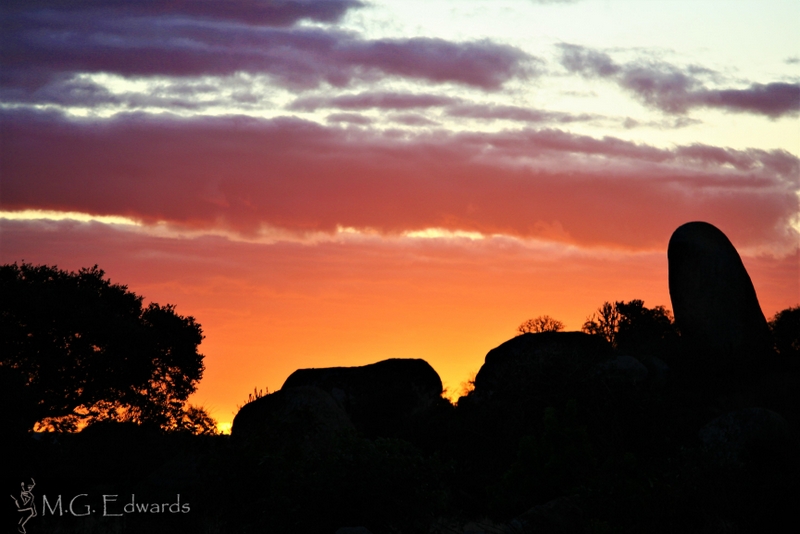 The events that led to the abrupt end of Robert Mugabe’s rule in November 2017, reminded me of my visits to this magnificent country. I recalled my journeys to Harare, Bulawayo, Victoria Falls, and eastern Zimbabwe and the experiences embedded in my memory.
The events that led to the abrupt end of Robert Mugabe’s rule in November 2017, reminded me of my visits to this magnificent country. I recalled my journeys to Harare, Bulawayo, Victoria Falls, and eastern Zimbabwe and the experiences embedded in my memory.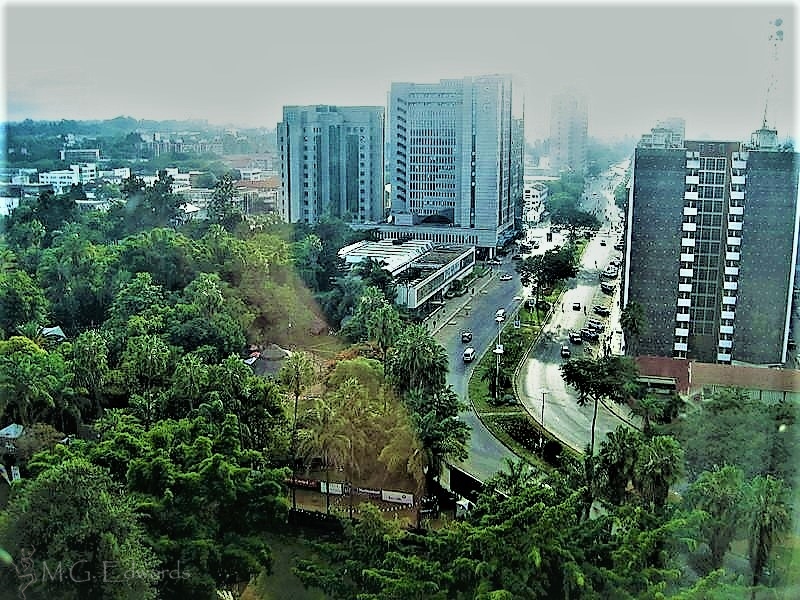
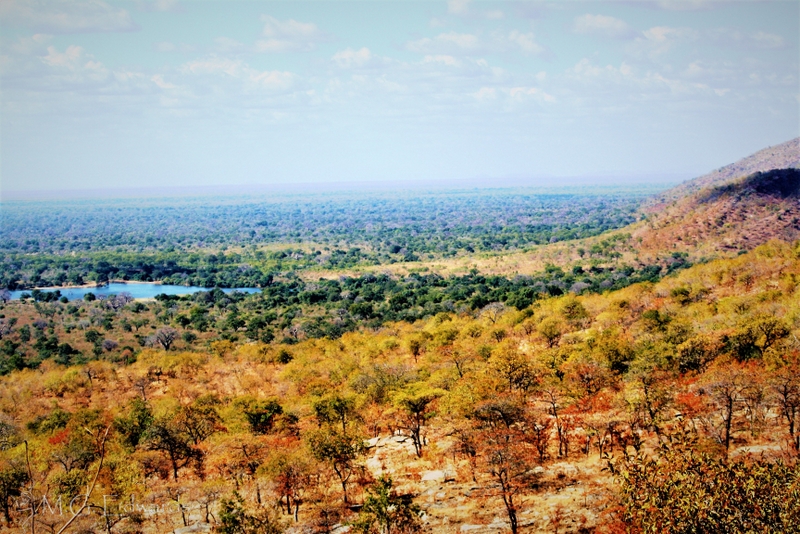
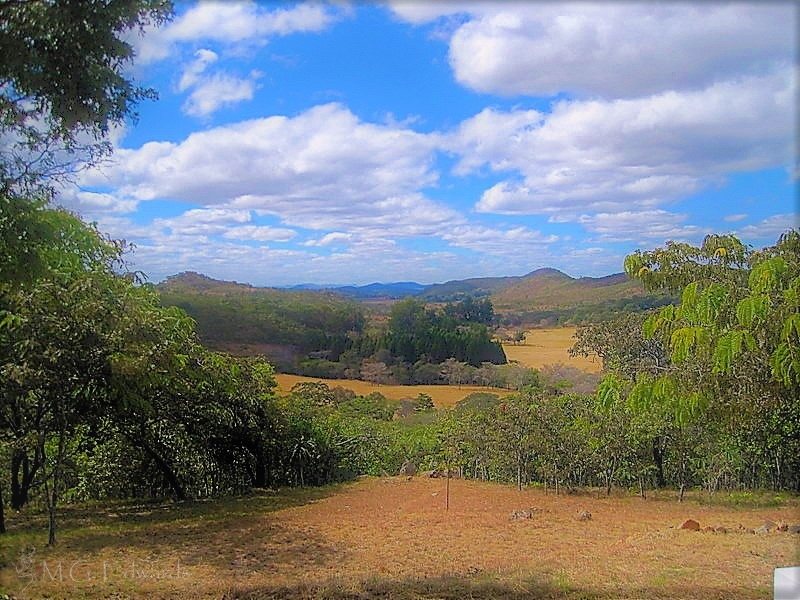
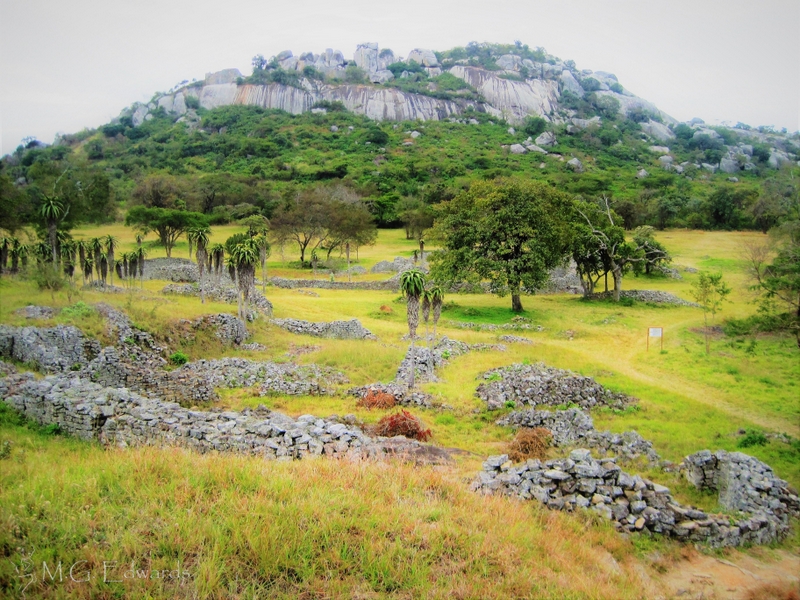
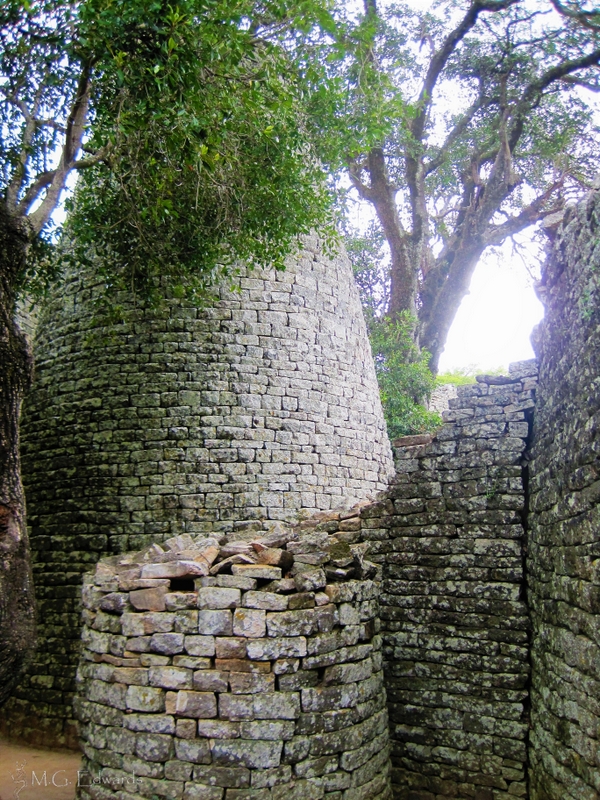 One cannot foretell whether Zim will face more of the same or undergo reform measures that will move it forward or, perhaps, hold it back. Whatever changes come, I hope they will benefit Zimbabweans and help the nation realize its full potential. The people of Zimbabwe deserve it.
One cannot foretell whether Zim will face more of the same or undergo reform measures that will move it forward or, perhaps, hold it back. Whatever changes come, I hope they will benefit Zimbabweans and help the nation realize its full potential. The people of Zimbabwe deserve it.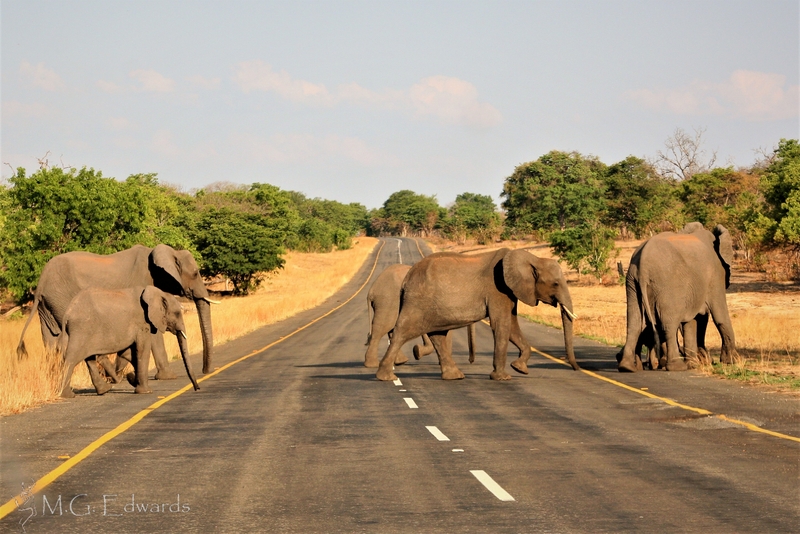
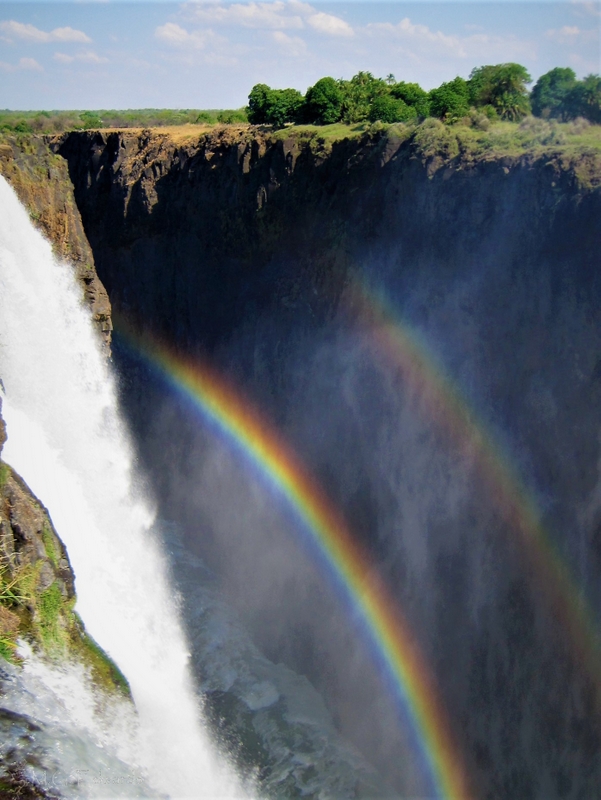













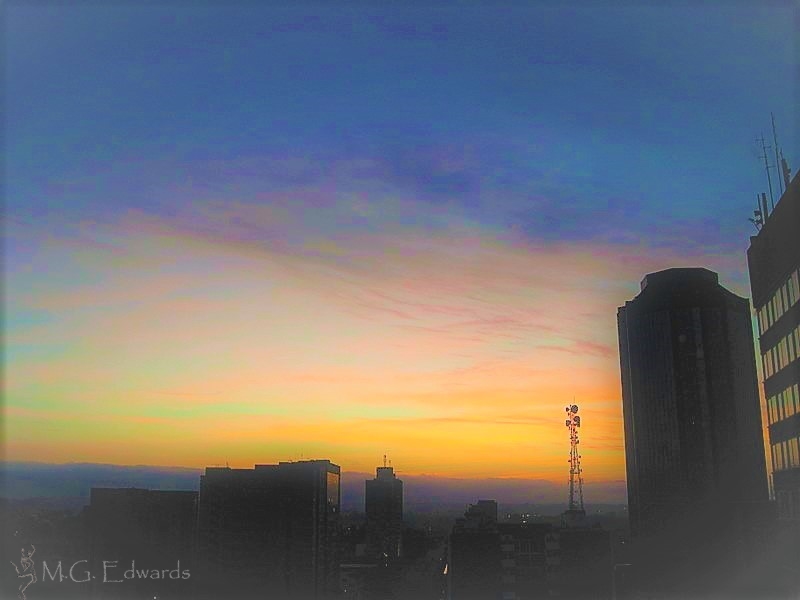
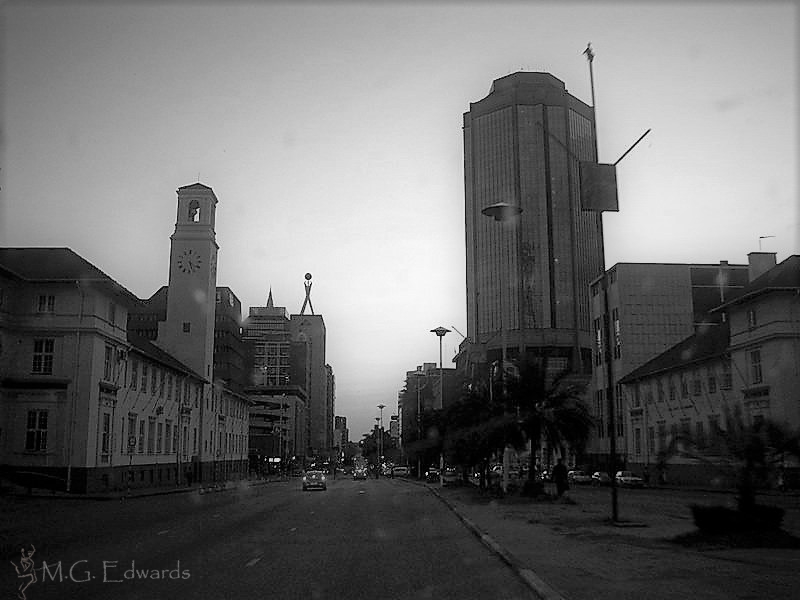
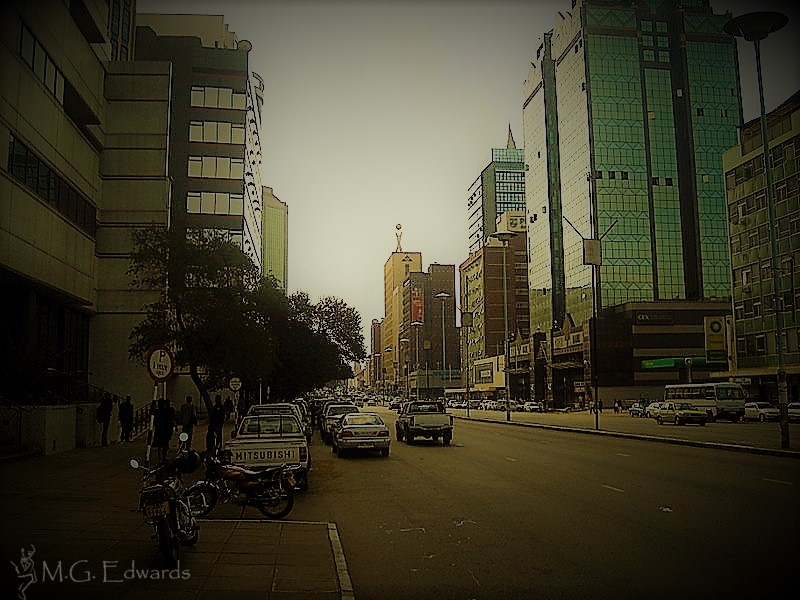
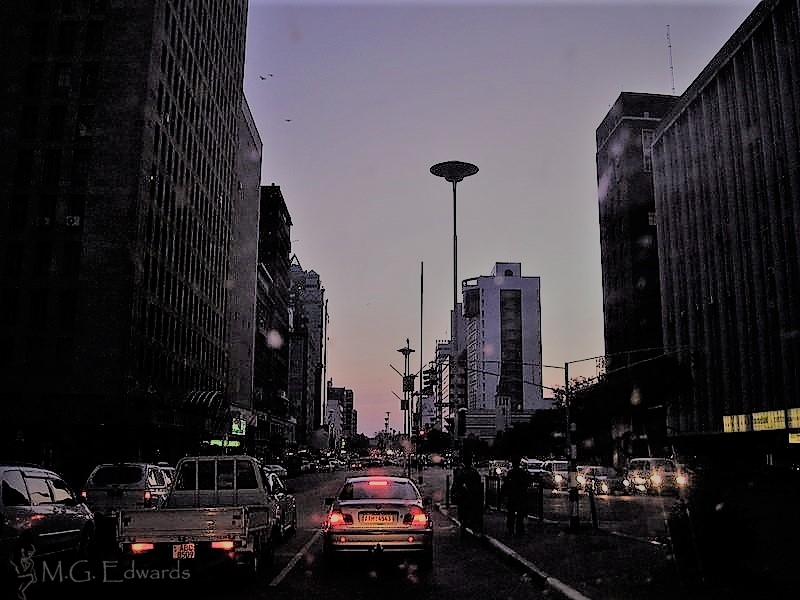 I had left Malawi in the morning and drove the last stretch of highway on my 400 mile (700 kilometer) road trip through Southern Africa. The journey through Zambia, Malawi, Mozambique, and Zimbabwe offered fascinating glimpses of the continent through a car windshield.
I had left Malawi in the morning and drove the last stretch of highway on my 400 mile (700 kilometer) road trip through Southern Africa. The journey through Zambia, Malawi, Mozambique, and Zimbabwe offered fascinating glimpses of the continent through a car windshield.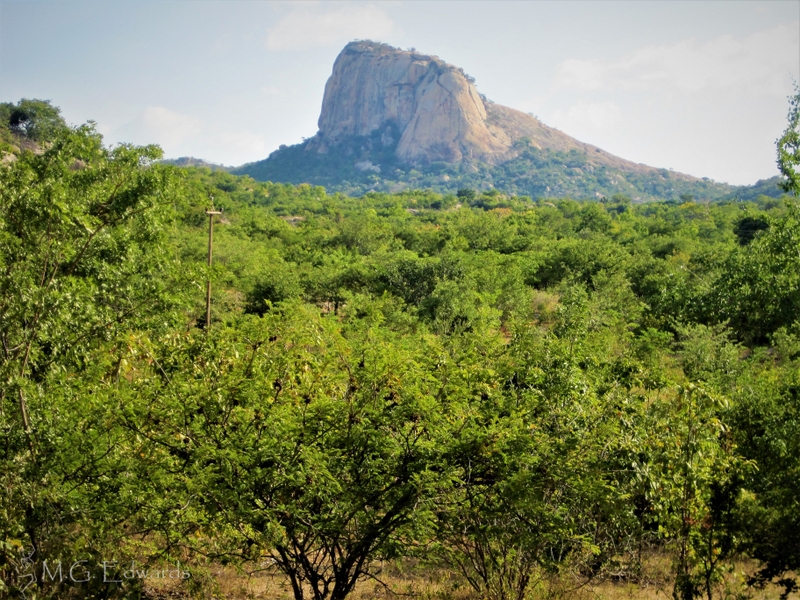
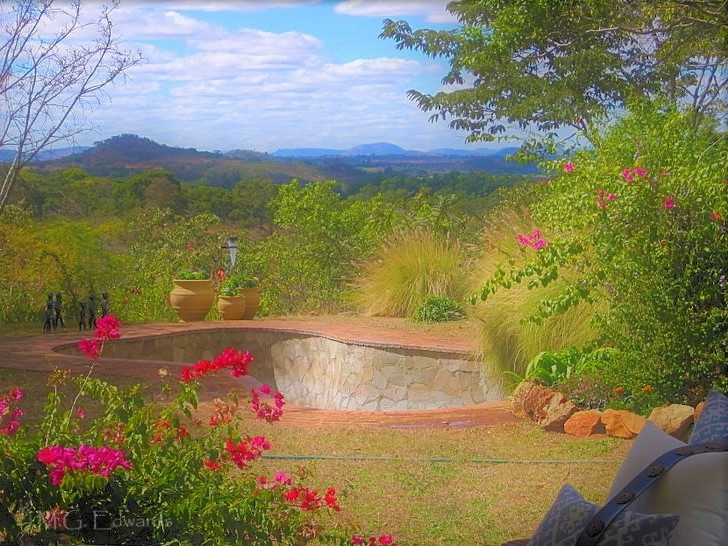 I was exhausted by the time I pulled into the hotel in downtown Harare in my oversize sports utility vehicle (SUV), not only from the long drive but also from the eclectic scenery that passed before my eyes. I saw my life pass before my eyes when a semi-truck came at me full bore in my lane as it tried to pass another truck. I frantically pulled over to the shoulder in an emergency. When the dust settled, and I stopped hyperventilating, I thanked God for preventing a head-on collision or a rollover in the middle of nowhere.
I was exhausted by the time I pulled into the hotel in downtown Harare in my oversize sports utility vehicle (SUV), not only from the long drive but also from the eclectic scenery that passed before my eyes. I saw my life pass before my eyes when a semi-truck came at me full bore in my lane as it tried to pass another truck. I frantically pulled over to the shoulder in an emergency. When the dust settled, and I stopped hyperventilating, I thanked God for preventing a head-on collision or a rollover in the middle of nowhere.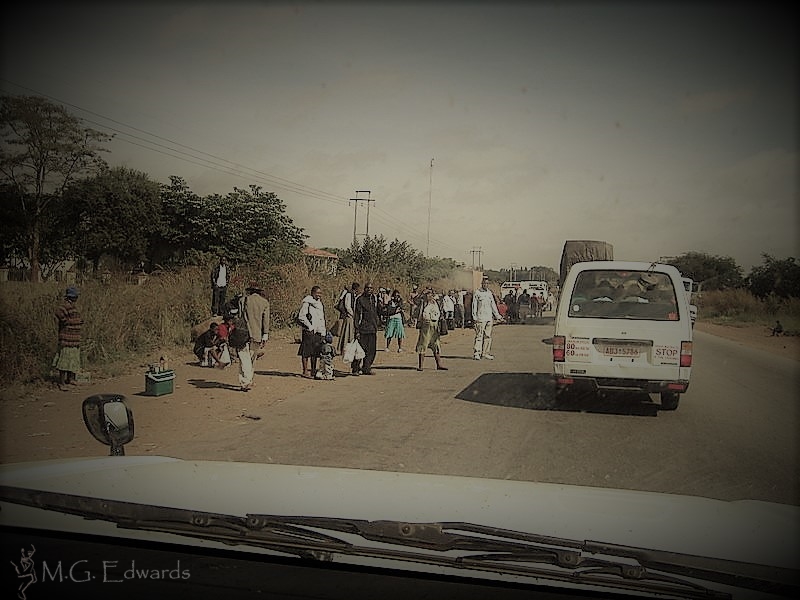 I didn’t know what to expect when I arrived in Harare. Once known as Salisbury, the capital of the former British colony known as Rhodesia, Harare was at one time of the most modern cities in Africa. Three decades after Zimbabwe’s founding, however, Harare had fallen on hard times. I’d read cautionary tales in the newspapers and heard stories recounted by Zimbabweans in the diaspora. With its economy in tatters, the country had been wrecked by hyperinflation in 2009. The Zimbabwean dollar collapsed, denominated in the trillions before it was taken out of circulation and replaced with the U.S. dollar and South African Rand as the country’s de facto currencies. I read about the lack of goods, including fuel and food, and the outbreaks of pandemics such as cholera. If one believed the stories told by the international media about Harare, one would think that it was a veritable disaster area when I arrived in 2010. I read so many negative news stories about Zimbabwe that I discovered preconceived notions had tainted my expectations, leaving me the impression that what had once been a shining star in Africa was but a shadow of its former self.
I didn’t know what to expect when I arrived in Harare. Once known as Salisbury, the capital of the former British colony known as Rhodesia, Harare was at one time of the most modern cities in Africa. Three decades after Zimbabwe’s founding, however, Harare had fallen on hard times. I’d read cautionary tales in the newspapers and heard stories recounted by Zimbabweans in the diaspora. With its economy in tatters, the country had been wrecked by hyperinflation in 2009. The Zimbabwean dollar collapsed, denominated in the trillions before it was taken out of circulation and replaced with the U.S. dollar and South African Rand as the country’s de facto currencies. I read about the lack of goods, including fuel and food, and the outbreaks of pandemics such as cholera. If one believed the stories told by the international media about Harare, one would think that it was a veritable disaster area when I arrived in 2010. I read so many negative news stories about Zimbabwe that I discovered preconceived notions had tainted my expectations, leaving me the impression that what had once been a shining star in Africa was but a shadow of its former self.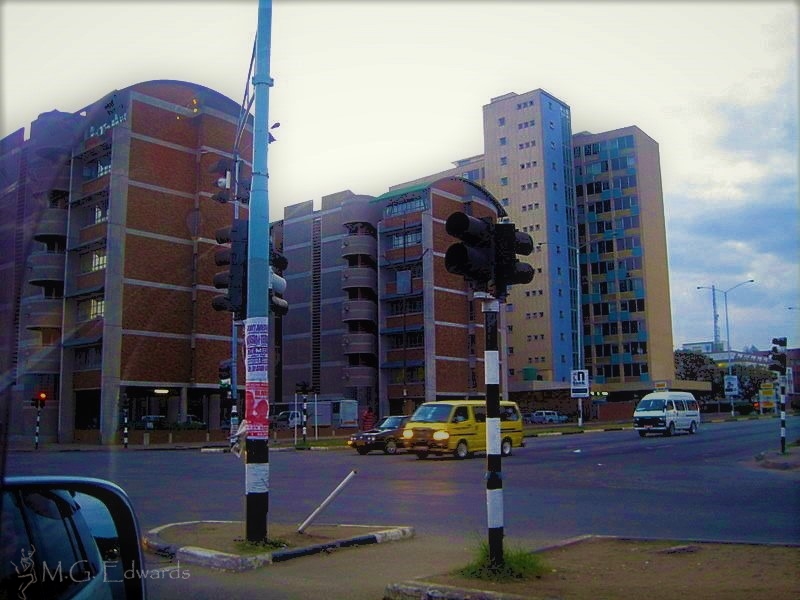
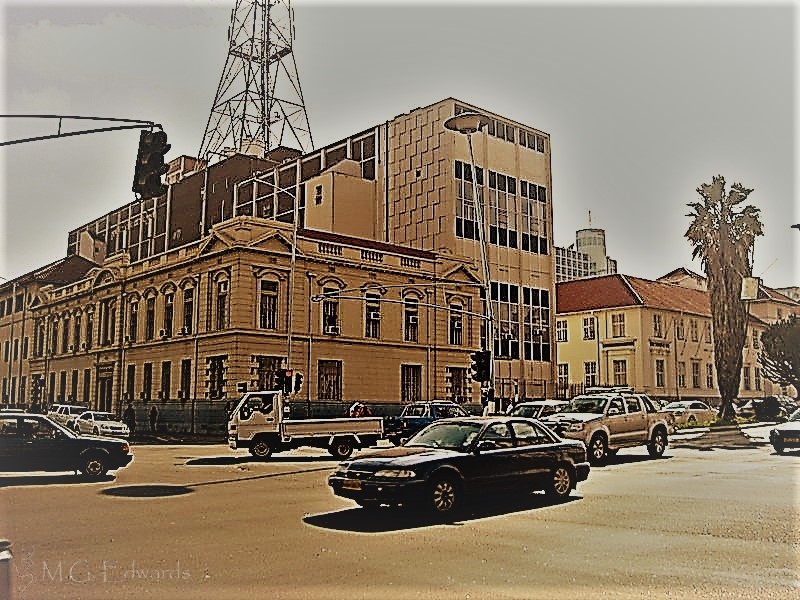
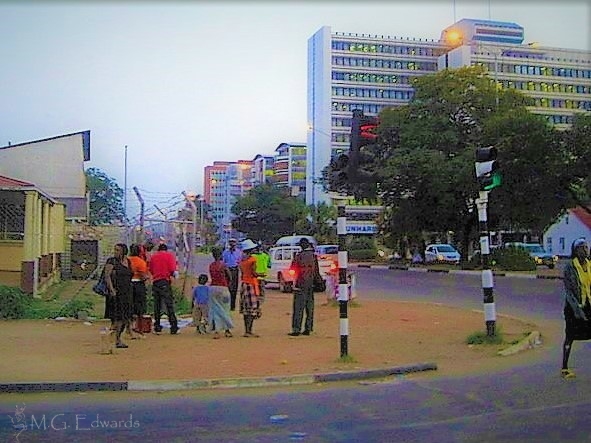 Seeing for yourself can temper your expectations. I was pleasantly surprised to find Zimbabwe, or ‘Zim,’ a beautiful country and Harare a livable city. My brief journey through Zim showed me a country with many challenges but in better condition than its reputation belied. As I drove west from the border to Harare, I learned that the media’s portrayal did not do the country justice. My eyes saw prosperity and poverty, stores open and stocked with goods, people going about their business and doing their best to make a living. I saw ingenuity in the form of private trucks used as public buses, houses built from available materials, vehicles kept running by any means possible, and $2 bills long ago taken out of circulation in the United States with tape over Thomas Jefferson’s visage. By the time I drove through a year after the Zimbabwean dollar had collapsed, there were no shortages or lines of waiting customers that I could see. When I stopped to fuel my gas-guzzling SUV in the rural eastern town of Mutoko, I filled up the tank. This was not the Zimbabwe I read about in the news.
Seeing for yourself can temper your expectations. I was pleasantly surprised to find Zimbabwe, or ‘Zim,’ a beautiful country and Harare a livable city. My brief journey through Zim showed me a country with many challenges but in better condition than its reputation belied. As I drove west from the border to Harare, I learned that the media’s portrayal did not do the country justice. My eyes saw prosperity and poverty, stores open and stocked with goods, people going about their business and doing their best to make a living. I saw ingenuity in the form of private trucks used as public buses, houses built from available materials, vehicles kept running by any means possible, and $2 bills long ago taken out of circulation in the United States with tape over Thomas Jefferson’s visage. By the time I drove through a year after the Zimbabwean dollar had collapsed, there were no shortages or lines of waiting customers that I could see. When I stopped to fuel my gas-guzzling SUV in the rural eastern town of Mutoko, I filled up the tank. This was not the Zimbabwe I read about in the news.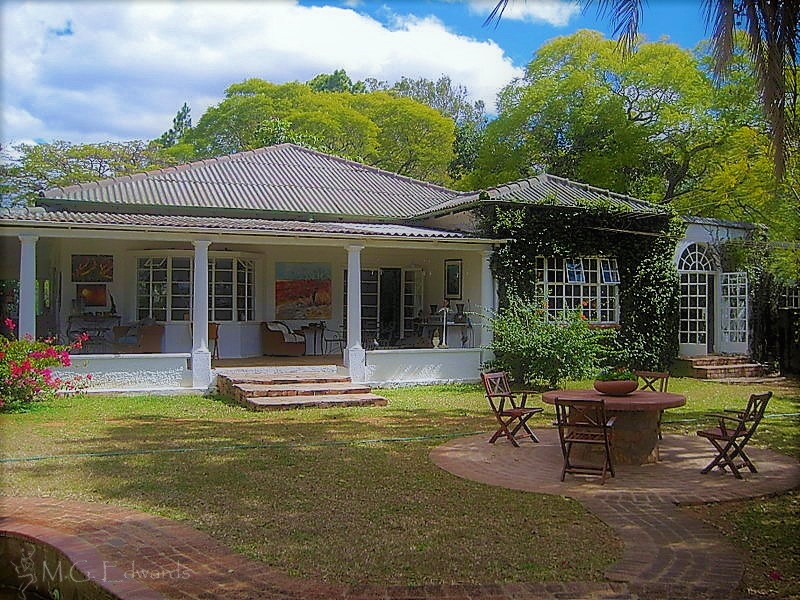 After several days of travel in the African countryside, resting my head wherever I could find along the way, I checked into a nice hotel in downtown Harare. The high-rise building overlooked a city park that hosted the final concert of the week-long Harare International Music Festival, Zimbabwe’s premier music event. Cherishing a delicious Zambezi Beer, I enjoyed jazz, fusion, and reggae from my perch 15 stories above the festival venue. It was a rare treat and a melodious ending to my long, eventful road trip through southern Africa. I slept well that night.
After several days of travel in the African countryside, resting my head wherever I could find along the way, I checked into a nice hotel in downtown Harare. The high-rise building overlooked a city park that hosted the final concert of the week-long Harare International Music Festival, Zimbabwe’s premier music event. Cherishing a delicious Zambezi Beer, I enjoyed jazz, fusion, and reggae from my perch 15 stories above the festival venue. It was a rare treat and a melodious ending to my long, eventful road trip through southern Africa. I slept well that night.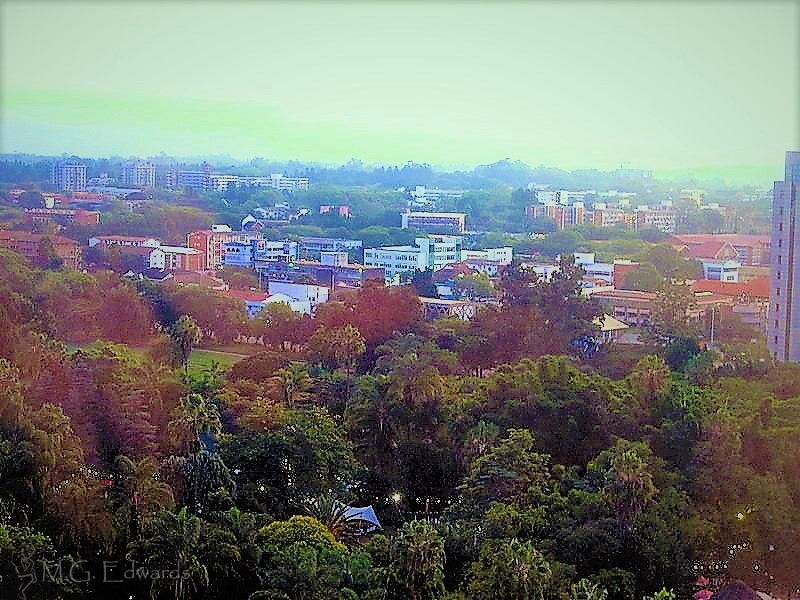 I spent the next morning walking around downtown Harare and taking in the sights. The architecture was eclectic; modern yet dated with a subtle, African-infused style. The cityscape did not feature monoliths common in other cities around the world, indistinguishable concrete block buildings or overtly political monuments. However, I noticed broad brush strokes by the hand of public design. The locals went about their business as in any major city. Mid-size Harare held its own in the annals of urban metropolises. Even after years of hardship and neglect, it is still a beauty in southern Africa. Despite the political and economic difficulties it has experienced during the past three decades, Harare has endured. My time there was too brief to know what life was truly like for those who lived there. During my time in Zim, I imagined that life had improved for many since the days of hyperinflation.
I spent the next morning walking around downtown Harare and taking in the sights. The architecture was eclectic; modern yet dated with a subtle, African-infused style. The cityscape did not feature monoliths common in other cities around the world, indistinguishable concrete block buildings or overtly political monuments. However, I noticed broad brush strokes by the hand of public design. The locals went about their business as in any major city. Mid-size Harare held its own in the annals of urban metropolises. Even after years of hardship and neglect, it is still a beauty in southern Africa. Despite the political and economic difficulties it has experienced during the past three decades, Harare has endured. My time there was too brief to know what life was truly like for those who lived there. During my time in Zim, I imagined that life had improved for many since the days of hyperinflation.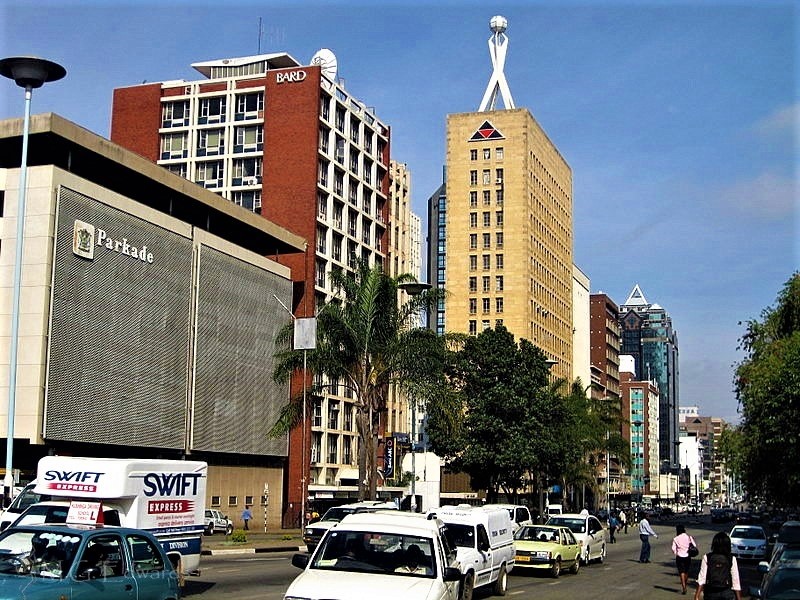
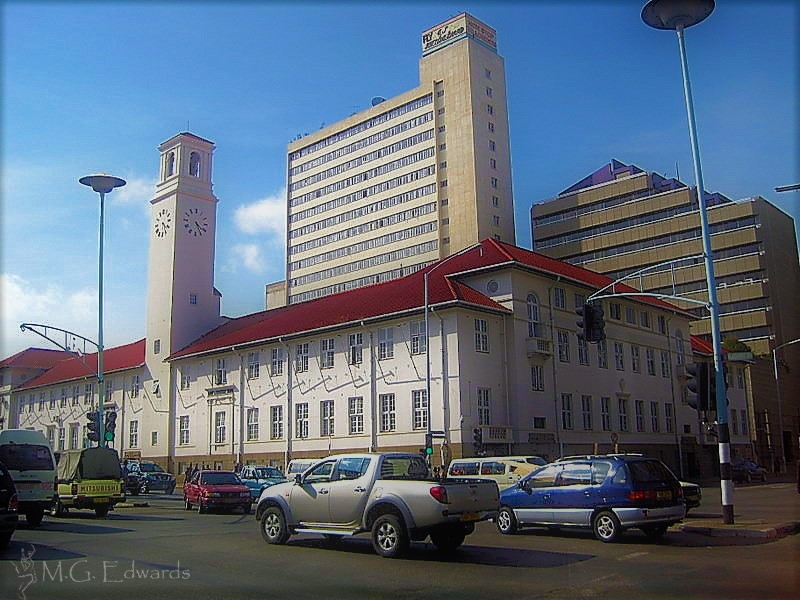
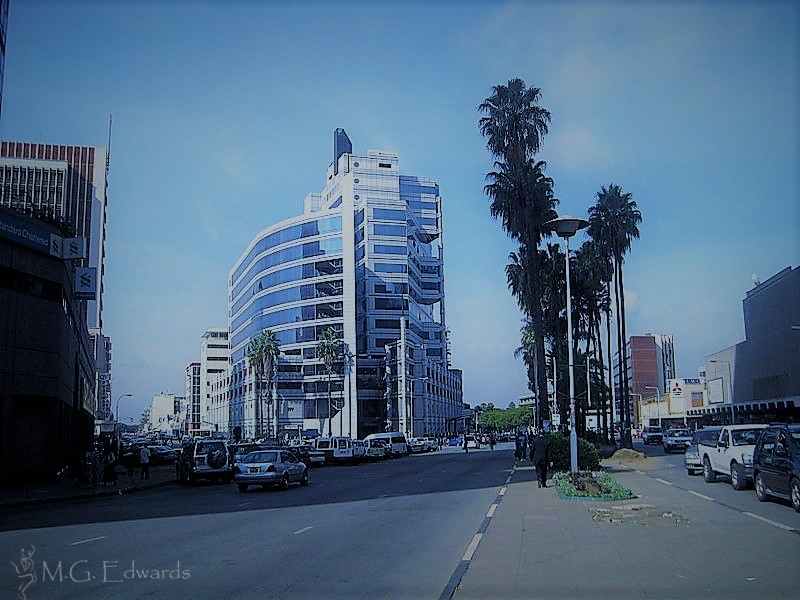
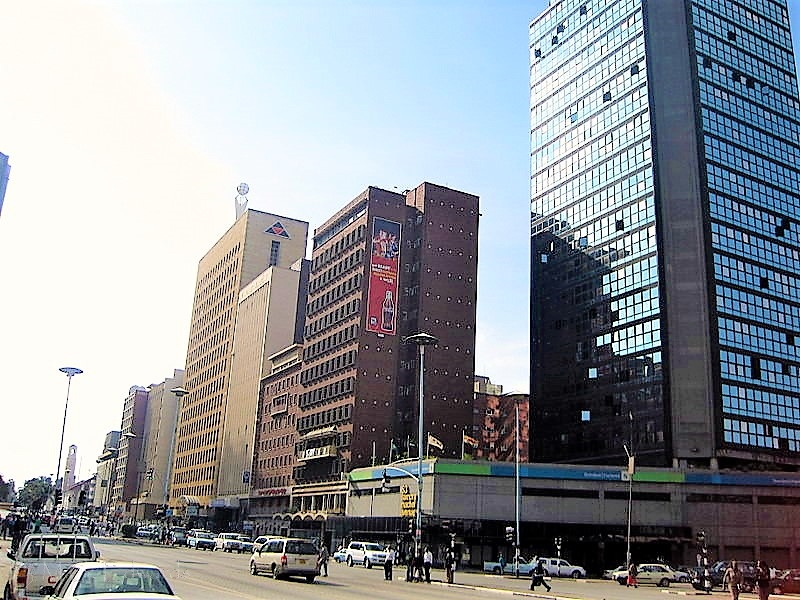
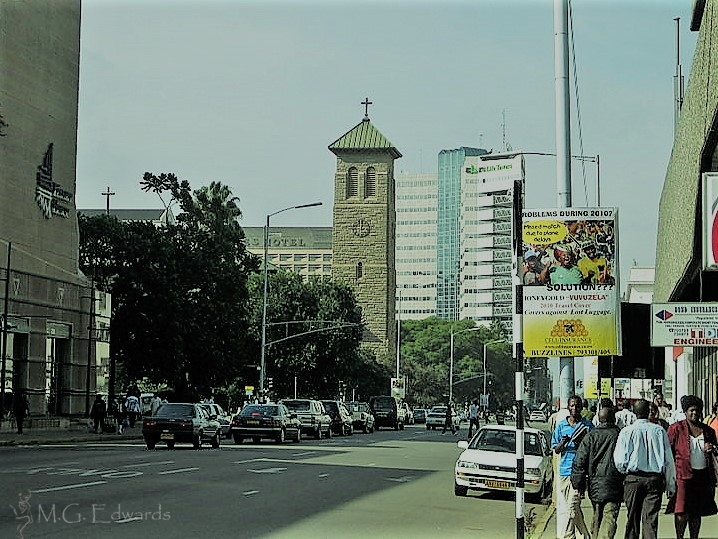
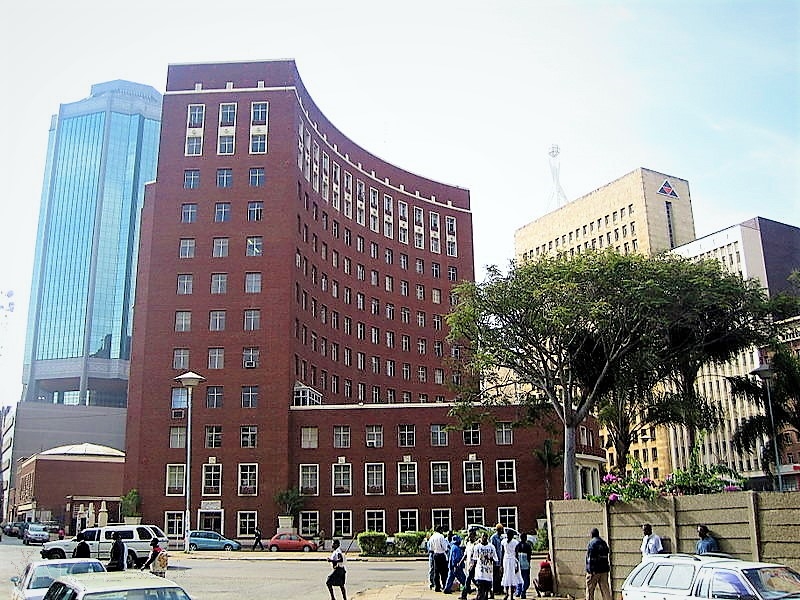
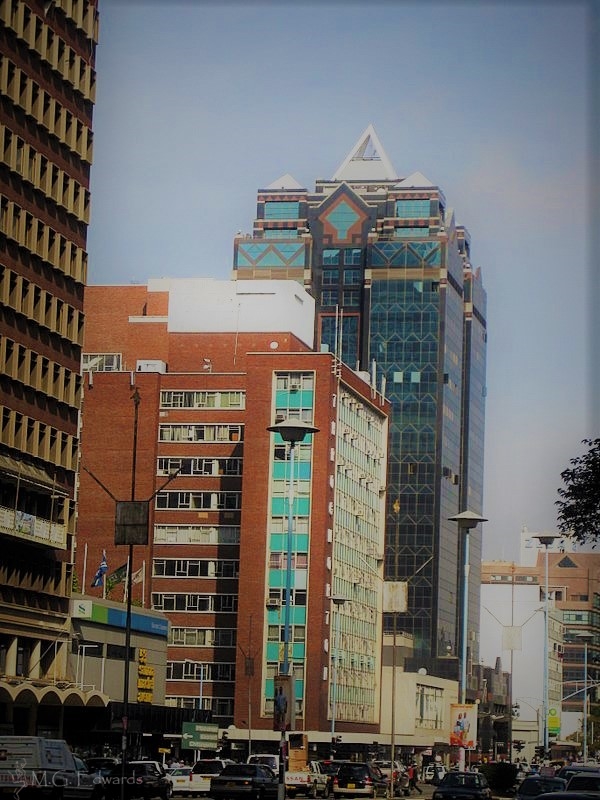
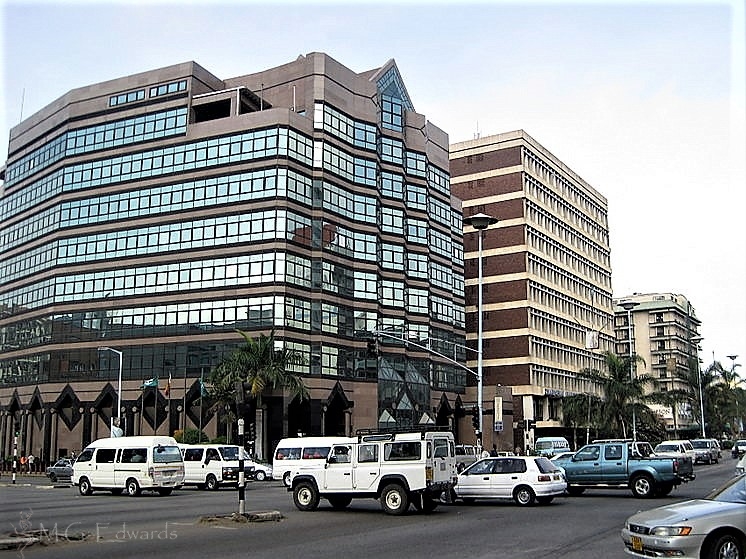
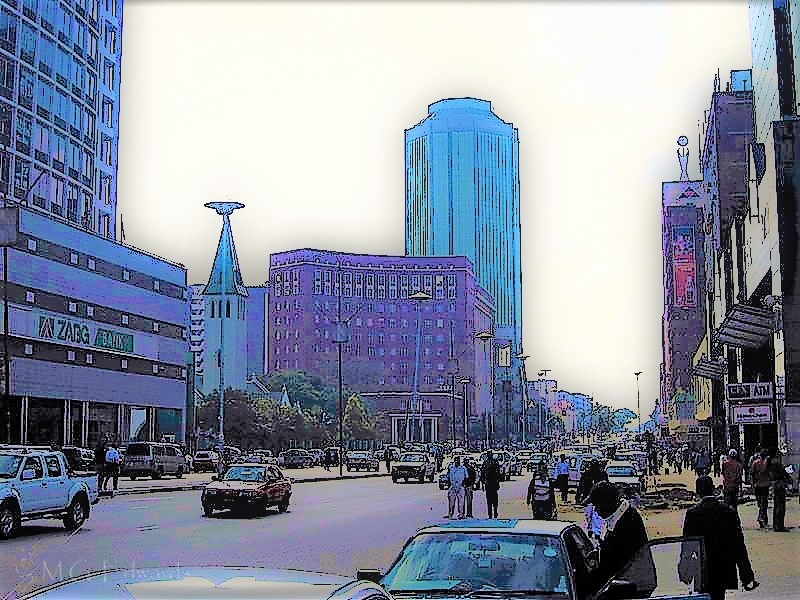
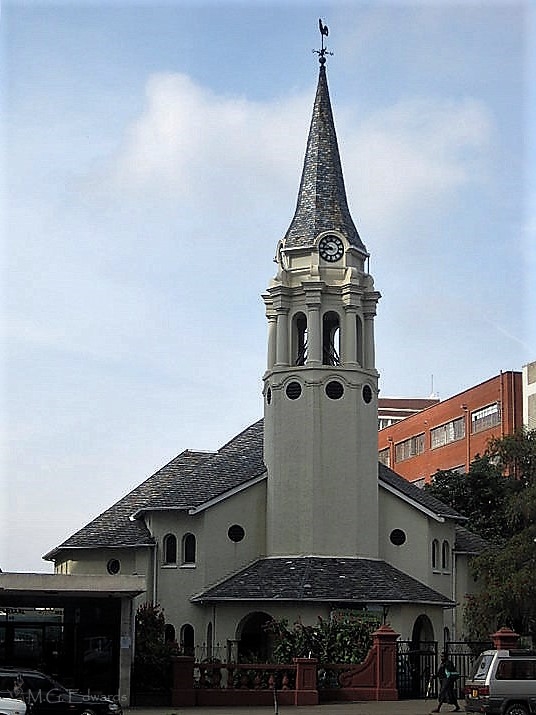 After a tour of Harare’s city center, I departed for my home in Lusaka, Zambia. My stay in Zimbabwe’s capital was short but sweet. I was impressed enough that I returned with my family a few months. They too saw a place that exceeded their expectations.
After a tour of Harare’s city center, I departed for my home in Lusaka, Zambia. My stay in Zimbabwe’s capital was short but sweet. I was impressed enough that I returned with my family a few months. They too saw a place that exceeded their expectations.